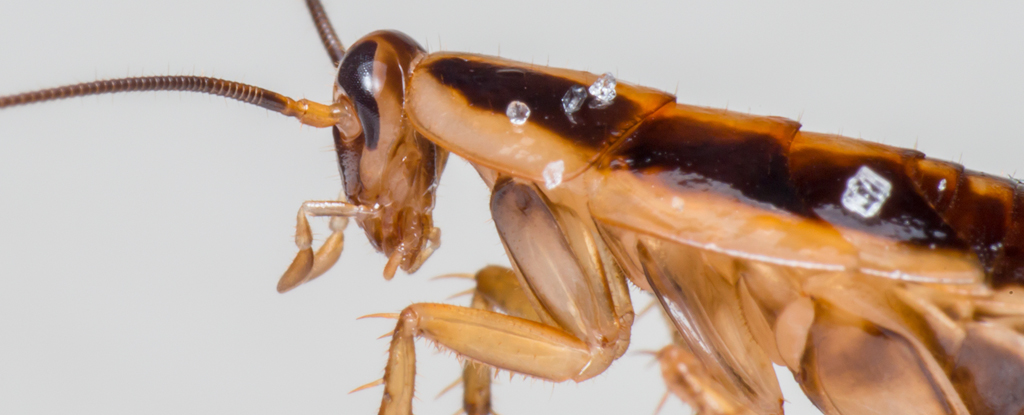Bacteria, Vol. 3, Pages 59-75: Role of Plant Growth Promoting Rhizobacteria (PGPR) as a Plant Growth Enhancer for Sustainable Agriculture: A Review
Bacteria doi: 10.3390/bacteria3020005
Authors: Asma Hasan Baby Tabassum Mohammad Hashim Nagma Khan
The rhizosphere of a plant is home to helpful microorganisms called plant growth-promoting rhizobacteria (PGPR), which play a crucial role in promoting plant growth and development. The significance of PGPR for long-term agricultural viability is outlined in this review. Plant growth processes such as nitrogen fixation, phosphate solubilization, and hormone secretion are discussed. Increased plant tolerance to biotic and abiotic stress, reduced use of chemical fertilizers and pesticides, and enhanced nutrient availability, soil fertility, and absorption are all mentioned as potential benefits of PGPR. PGPR has multiple ecological and practical functions in the soil’s rhizosphere. One of PGPR’s various roles in agroecosystems is to increase the synthesis of phytohormones and other metabolites, which have a direct impact on plant growth. Phytopathogens can be stopped in their tracks, a plant’s natural defenses can be bolstered, and so on. PGPR also helps clean up the soil through a process called bioremediation. The PGPR’s many functions include indole acetic acid (IAA) production, ammonia (NH3) production, hydrogen cyanide (HCN) production, catalase production, and more. In addition to aiding in nutrient uptake, PGPR controls the production of a hormone that increases root size and strength. Improving crop yield, decreasing environmental pollution, and guaranteeing food security are only some of the ecological and economic benefits of employing PGPR for sustainable agriculture.

 1 month ago
17
1 month ago
17


